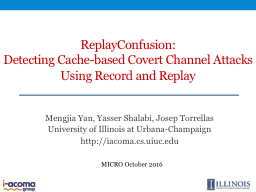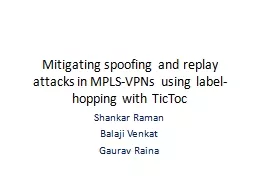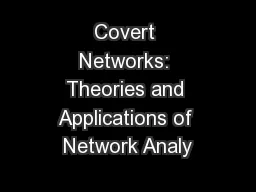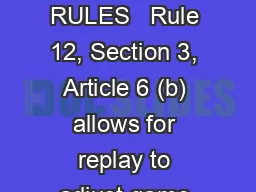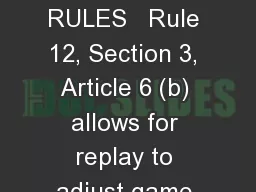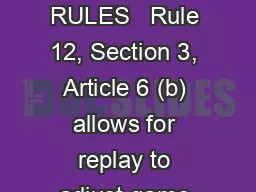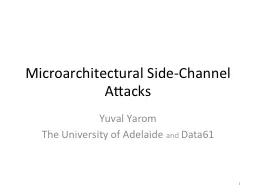PPT-ReplayConfusion : Detecting Cache-based Covert Channel Attacks Using Record and Replay
Author : iris | Published Date : 2023-06-23
Mengjia Yan Yasser Shalabi Josep Torrellas University of Illinois at UrbanaChampaign http iacomacsuiucedu MICRO October 2016 Motivation Cachebased covert channel
Presentation Embed Code
Download Presentation
Download Presentation The PPT/PDF document "ReplayConfusion : Detecting Cache-based..." is the property of its rightful owner. Permission is granted to download and print the materials on this website for personal, non-commercial use only, and to display it on your personal computer provided you do not modify the materials and that you retain all copyright notices contained in the materials. By downloading content from our website, you accept the terms of this agreement.
ReplayConfusion : Detecting Cache-based Covert Channel Attacks Using Record and Replay: Transcript
Download Rules Of Document
"ReplayConfusion : Detecting Cache-based Covert Channel Attacks Using Record and Replay"The content belongs to its owner. You may download and print it for personal use, without modification, and keep all copyright notices. By downloading, you agree to these terms.
Related Documents

